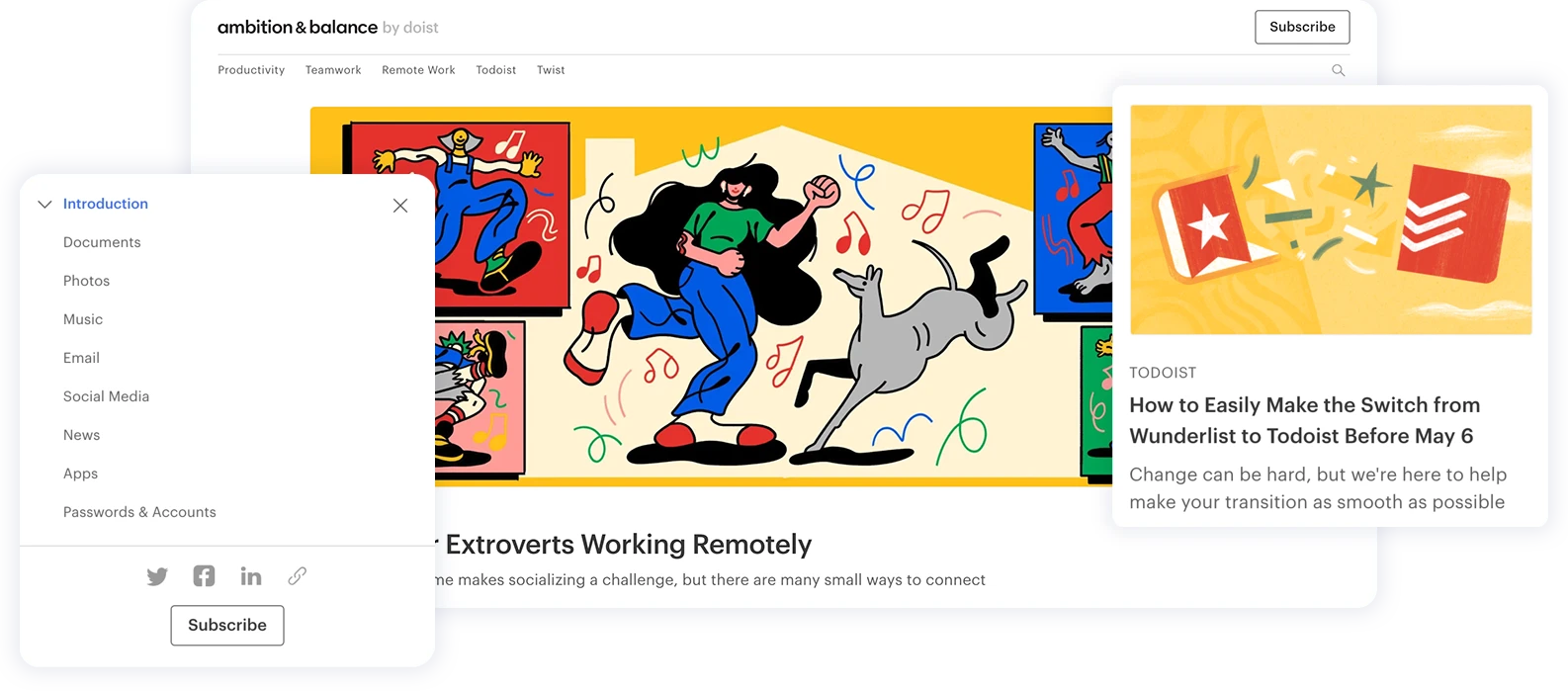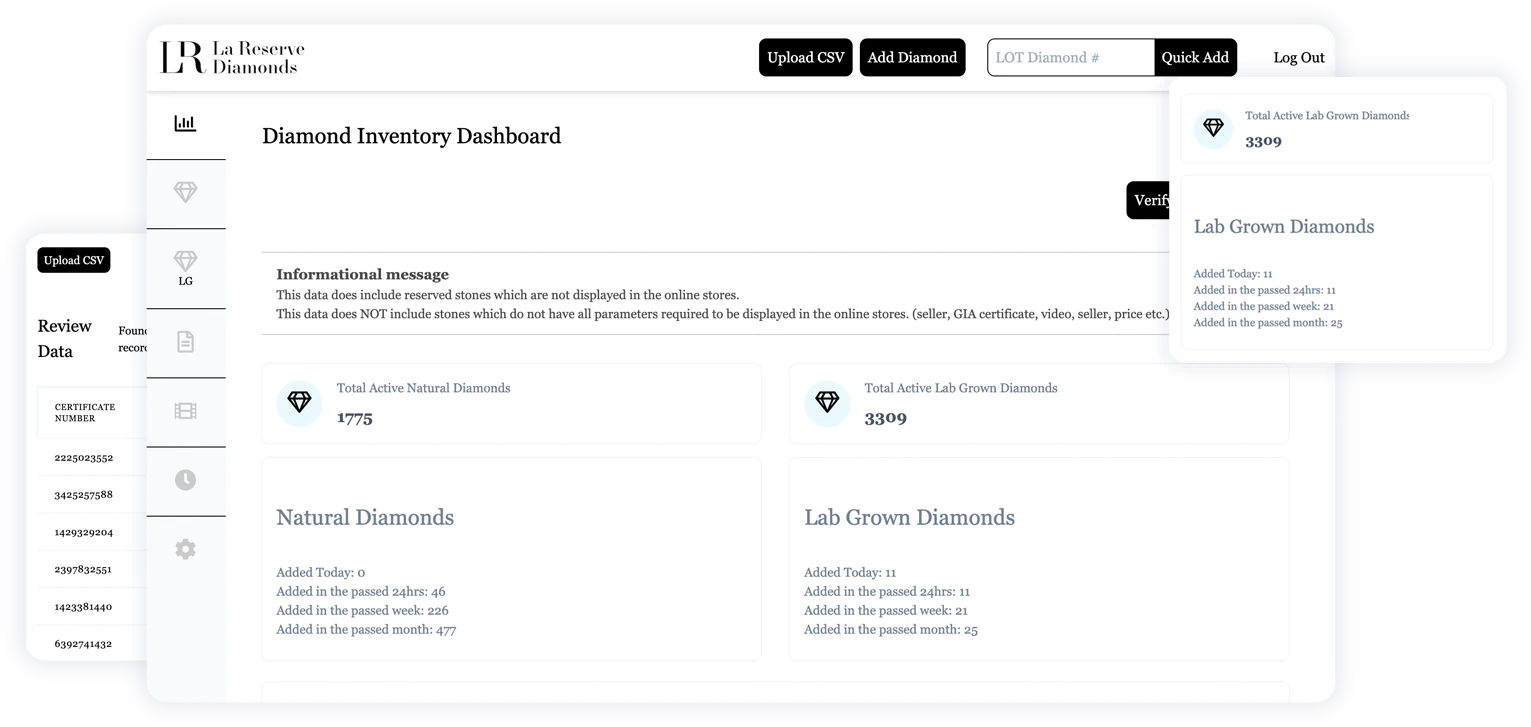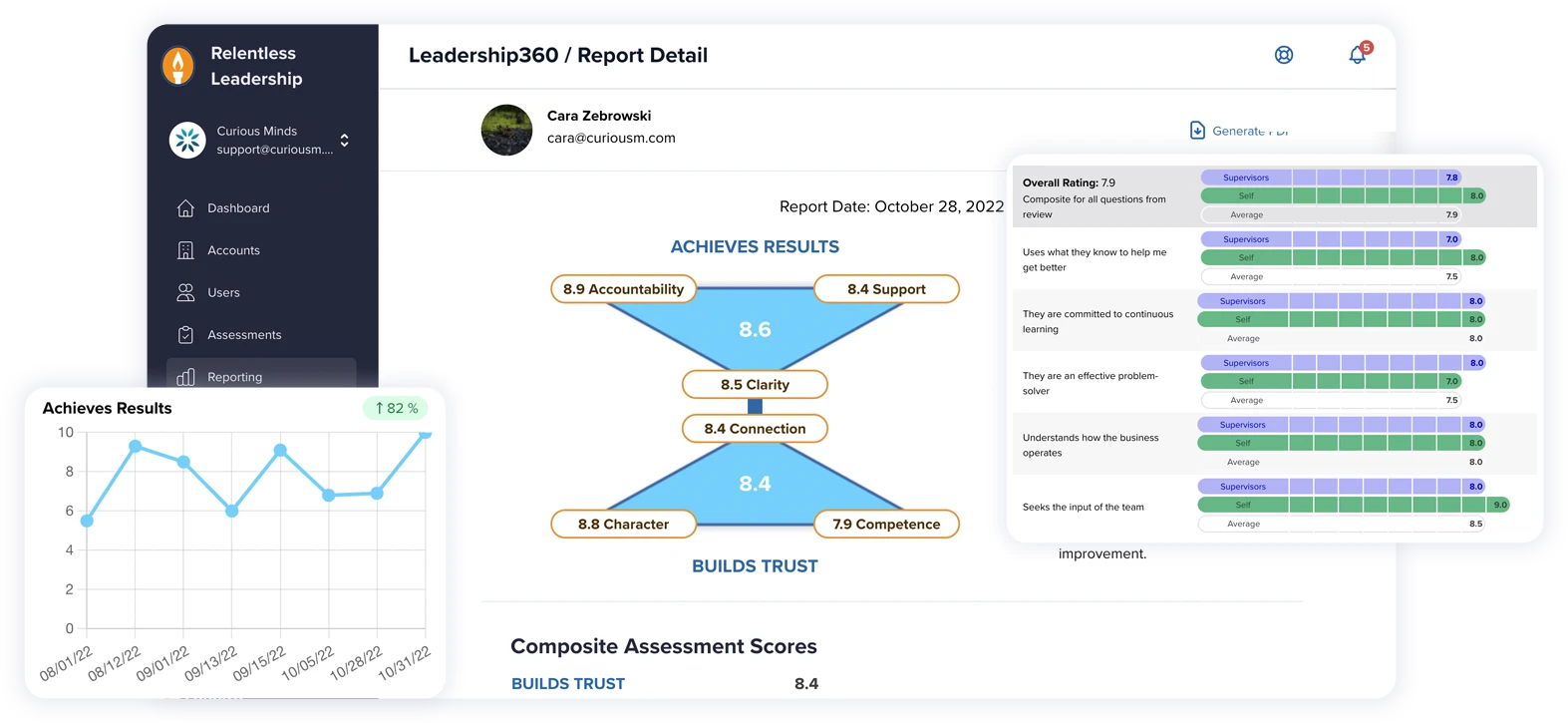Client communication is essential for maintaining healthy and productive relationships with your client. Without proper communication, things break down and go wrong. Communications crumble, clients get frustrated, expectations don’t align, deadlines get missed, and so on.
I spoke with Danny Hiller, a Senior Sales and Operations Specialist to get his insights on proper client communication. He holds a degree in communications from the University of Colorado Boulder, and has held client facing positions throughout his career.
Communicate Frequently
Danny’s primary advice on proper communication with a client is to make sure you’re communicating frequently. There’s nothing wrong with an abundance of communication, but you can run into problems if you don’t communicate enough. Frequent communication can help mitigate a myriad of problems. It can help avoid any tension between you and a client, or help with a client who doesn’t know what questions to ask. Frequent communication ensures that all project goals are understood, and everyone is on the same page. Also, make sure you open lines of communication in both directions, so everyone can get in touch when needed.
The Client is Always Right (Usually)
I asked Danny how to handle a situation where you and the client disagree. He advised to generally do what the client asks, but within reason. For example, if you think a page on their site should look one way, but the client insists on a different look, and it’s basically the same amount of work, go with the client wants. After all, it’s their site. Now, let’s say the client wants a feature on a page to work a certain way, but based on past experience, you know that it just doesn’t work. You can take a little extra time and educate the client in a respectful way. Show them a relevant example of where this didn’t work, and explain the logic behind why it doesn’t work. And make sure to bring a solution to the discussion that does meet their needs.
But what if you end up in a situation where the client is just flat out wrong? Say, you have an invoice they didn’t pay, and they say that they did, but they didn’t. In a situation like this, you may just have to say, until this is resolved properly, we will have to put work on hold. This situation is a worst case scenario, and rare. If it’s a design or functionality issue where the client insists you do it their way, but you know it won’t work, you can code both solutions (yours and the client’s), to show them that what they’re insisting you do will not work. Before you do this though, make sure the client knows that this will likely cost extra development hours. Working with your client helps prevent negative situations, and makes sure everyone is on the same page with all aspects of the project.
Phone Calls vs. Emails
This leads into another topic Danny and I discussed. Which is better, phone calls or emails, and why. This isn’t such a black and white issue. Phone calls are better in some situations, while emails are better in others. If we go back to our previous example about an invoice disagreement, using emails to communicate generates a paper trail that can later be referenced for solving issues. So, if you need that paper trail, email is best.
Other times, like when an email just isn’t getting the point across, or emotions or nuances are getting lost in text, it never hurts to simply pick up the phone and call the client. Or, maybe there’s a situation where the client isn’t happy with part of the project (again, this can be mitigated by frequently communicating the goals and expectations of the project), and they’re slow or hesitant to respond to via email. In this case, pick up the phone and give them a call. Talk out the issue, and figure out why it happened. Phone calls can often convey much more emotion and information in a shorter amount of time than an email. And sometimes, a phone call makes a client know that they’re important. Because they are important.
Realistically Promise, Over Deliver
Another important tactic we touched on is realistically promise and over deliver. Don’t get into the habit of promising something to the client and being unable to deliver. This can manifest in ways like a client who wants everything and the kitchen sink in an impossible time period, or with things like scope creep, where pieces and items just keep getting added onto the project. If you set realistic expectations, and then over deliver, not only do you look great, but you also leave yourself room for error, should something not go as planned. It never looks good when you over promise and can’t deliver, but it looks great when you do the opposite. Also, when making these choices, make sure to build in time for the unexpected. If you think a task is going to take 45 minutes, estimate it at an hour. Any time unused won’t get billed. This way, if something does go wrong, you’re not exceeding your estimate and upsetting the client.
Danny said the real mark of a company comes from how they handle situations when things go wrong. Make sure you’re on the right side of that coin by following some of the advice here, and making sure your clients are happy. But, also stay out of those bad situations in the first place by making sure you’re frequently communicating.



















